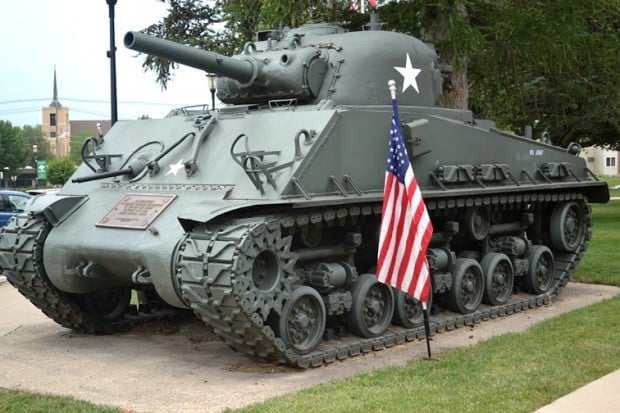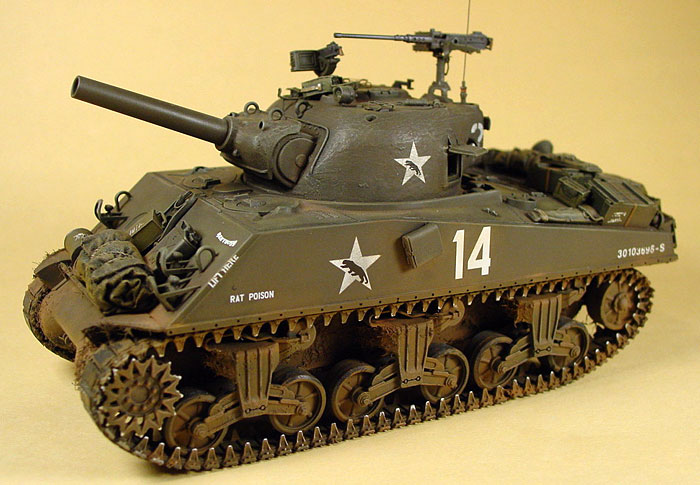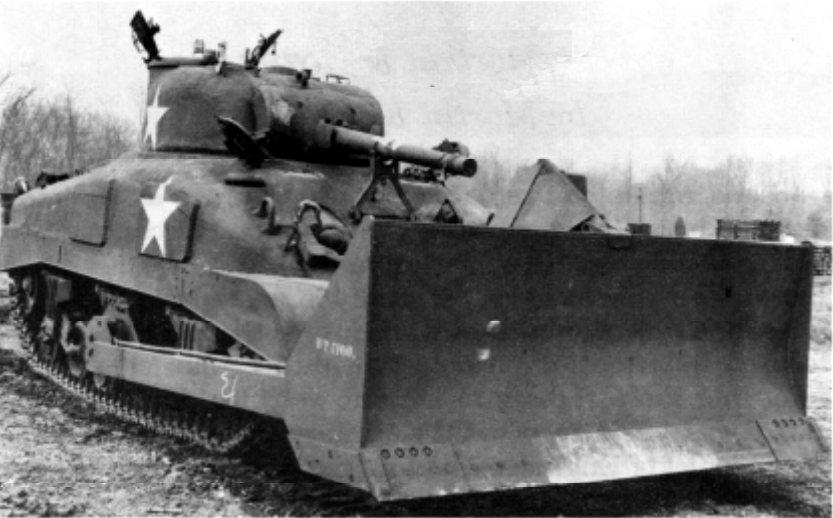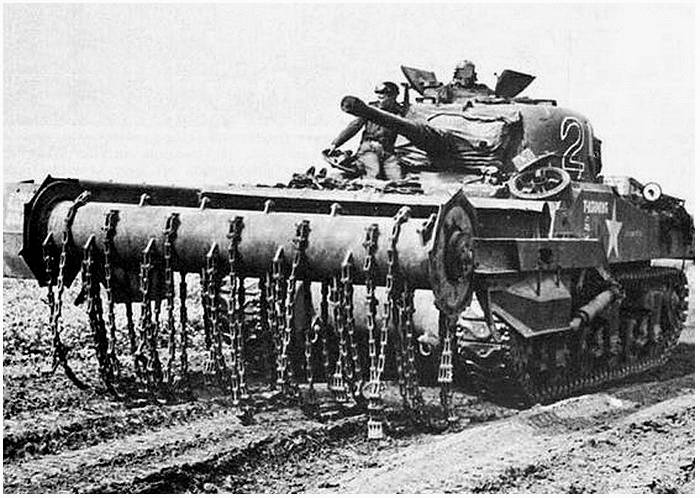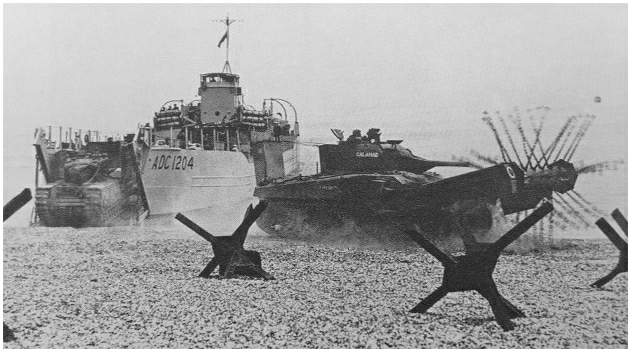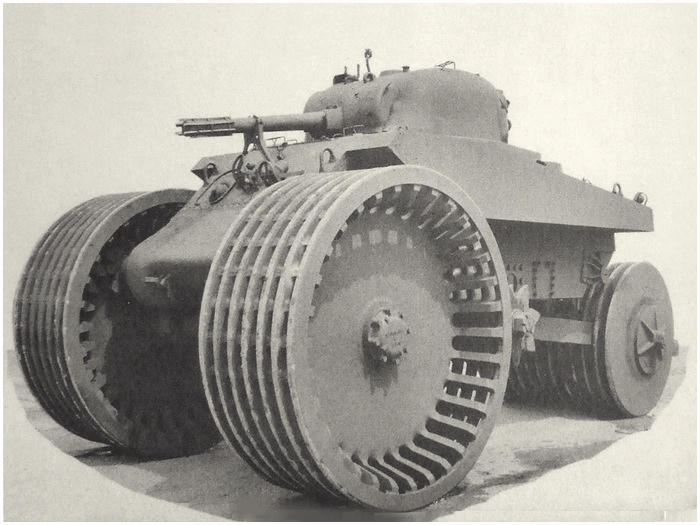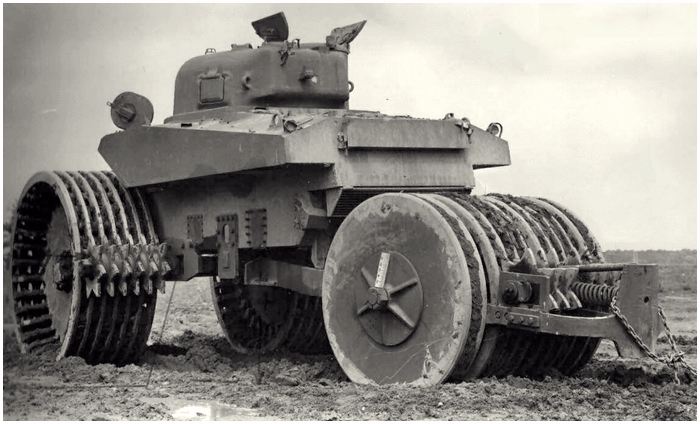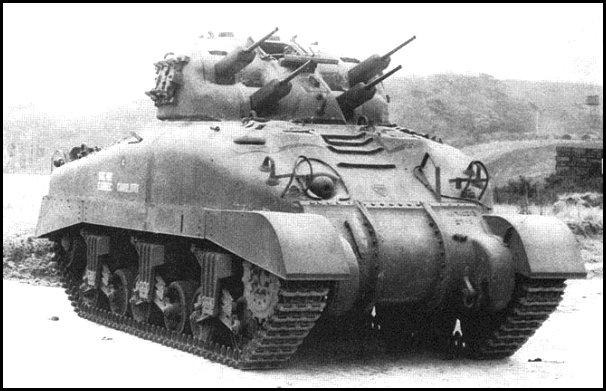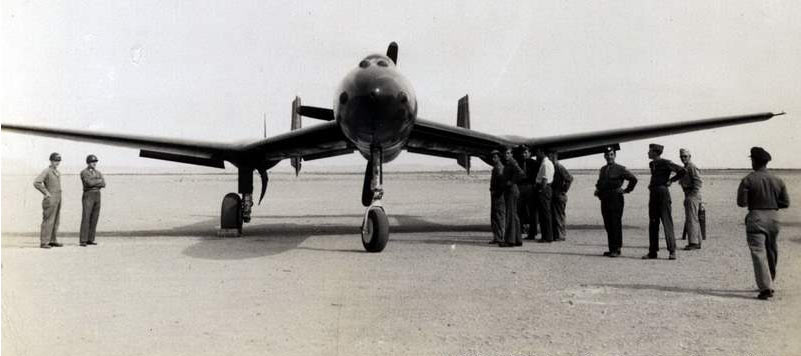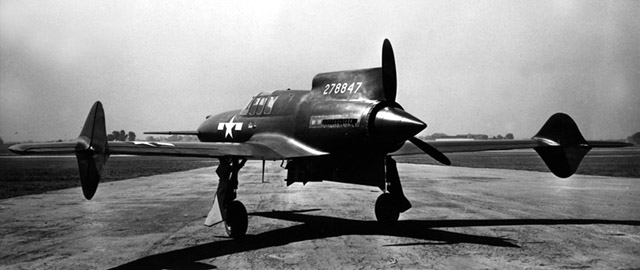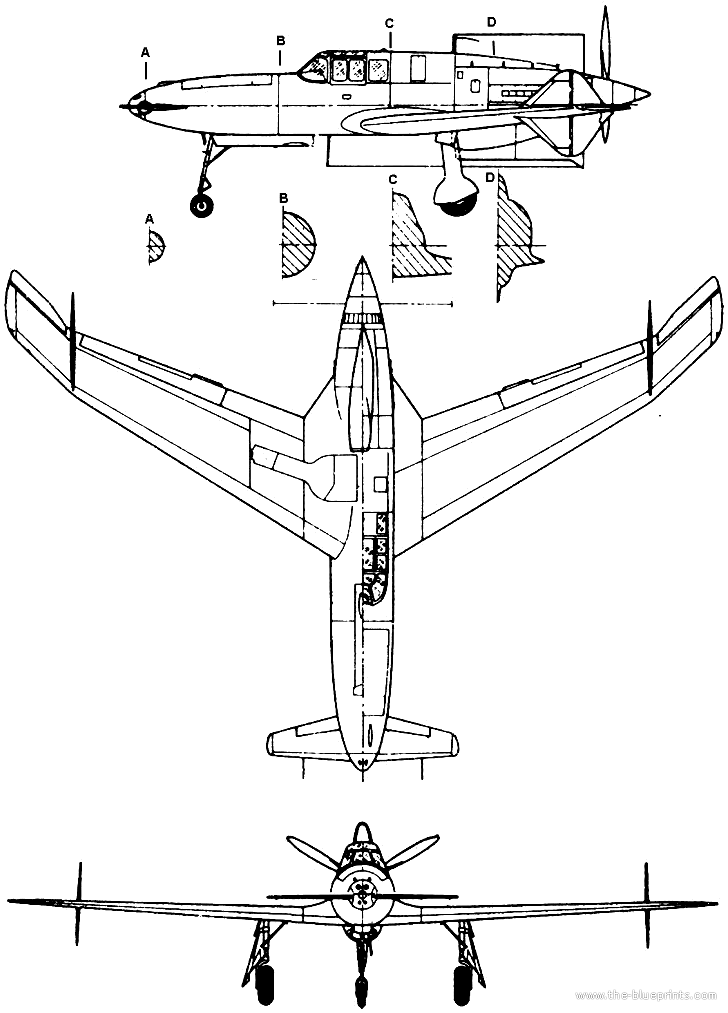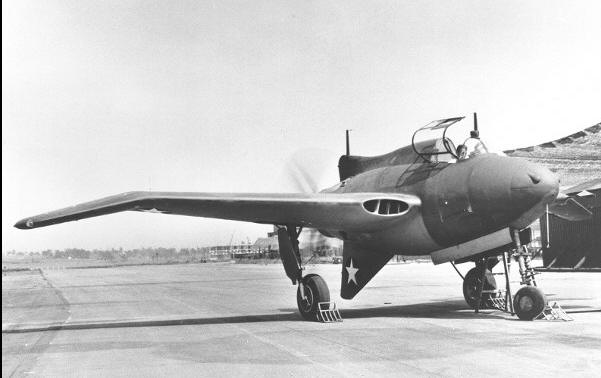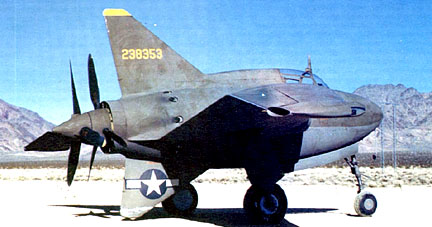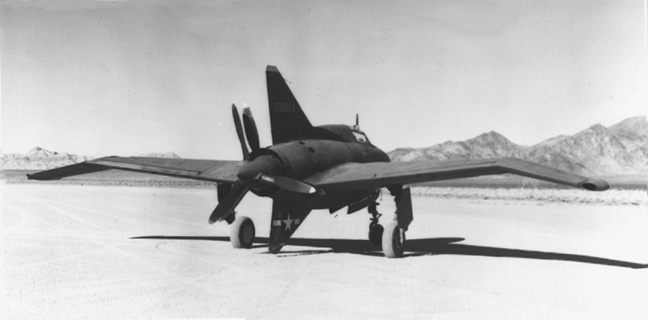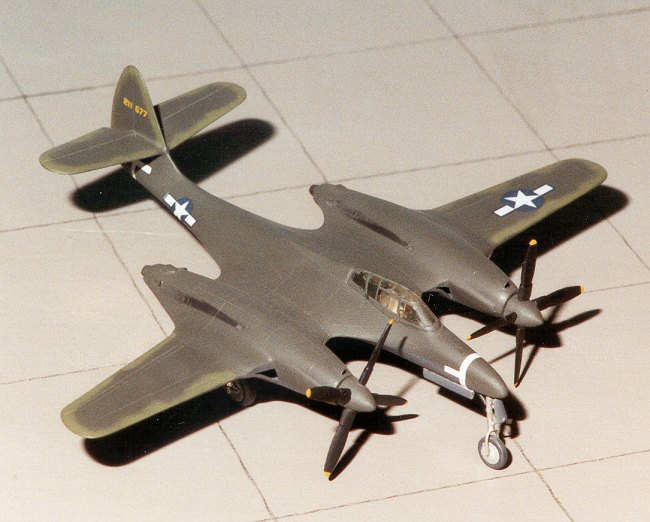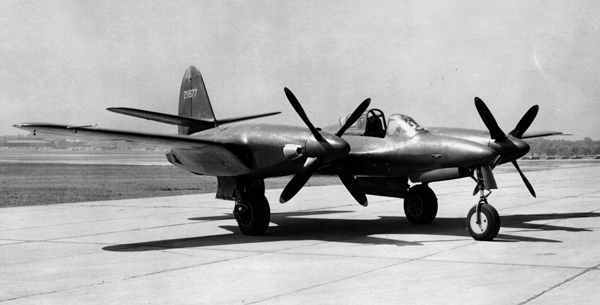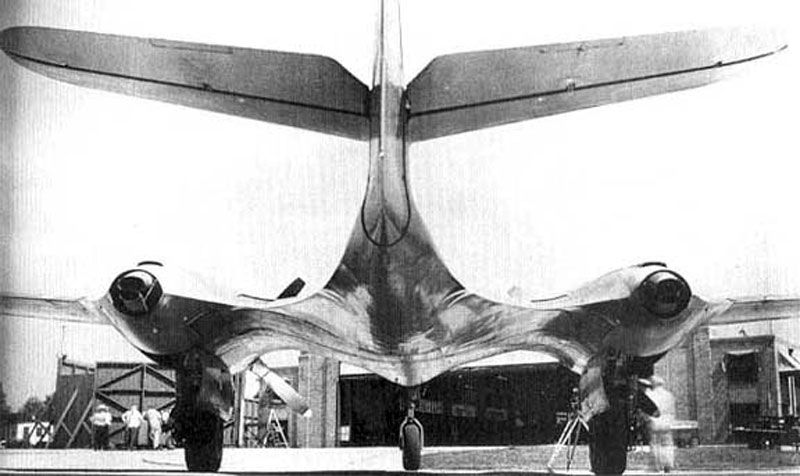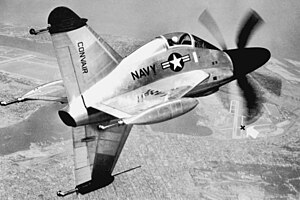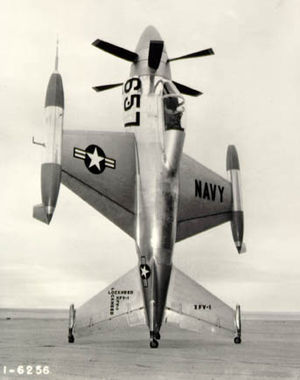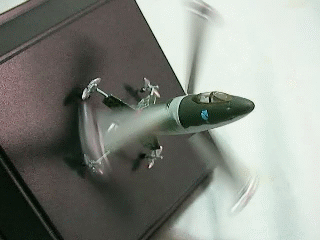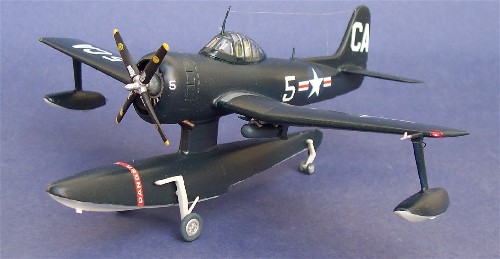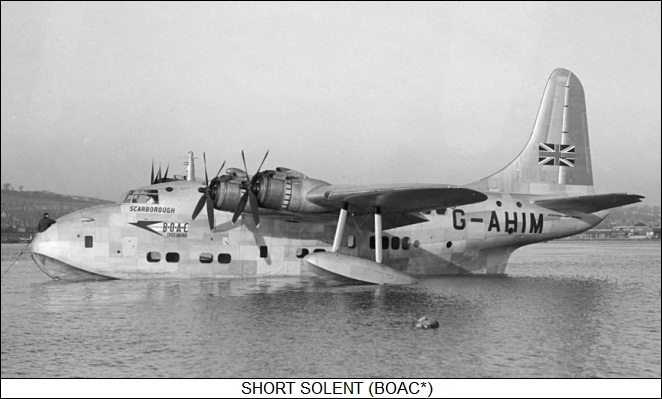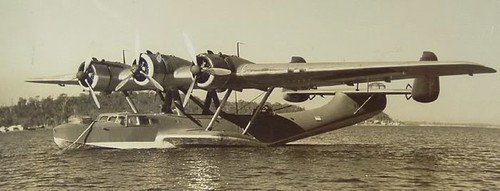Real Life Dieselpunk Shit
Recently, I've been falling in love with a design style called "dieselpunk". It's like steampunk, but instead of victorian era, dieselpunk mimics the aesthetics of the WWII era, and goes a little bit crazier than the real thing.
Or at least, it tries to go crazier. But real life WWII technology got pretty fucking apeshit. And I'd love to share it with you. I might do a dieselpunk game at some point, so this will help me collect ideas.
Let's kick it off with an amazing Nazi aircraft, the Lippisch p.13a:
It looks more like something out of space opera than WWII. Did it use some kind of super fuel? Plutonium? Dilithium? Nope, coal! That's right, with Nazi Germany running short on all supplies towards the end of the war, the designer Lippisch came up with the idea of a coal-powered ramjet. Ramjets rely on forward momentum to compress air and create fuel, thus they cannot produce any thrust at zero speed, so the P.13a would have needed a secondary engine system to lift it into the air, like the tow aircraft depicted above. The war ended before testing was complete, and the aircraft never flew, but they apparently got far enough along to start working on a sequel, I imagine by someone shouting, "No, no, no! Make it sexier!"
This thing, the P.13b was also never used in the war. It was designed to take off with the help of rocket pods attached to the wings. Although it's not clear if the plane was ever built, military manifests listed a P.13b being shipped back to America as a spoil of war. Ultimately, the United States captured the designer Lippisch and his team and put them to work designing American aircraft.
But when you think of WWII aircraft, you think propellers, right? Sure a coal powered ramjet is fucking awesome, but it just doesn't feel right for our first look at real life dieselpunk shit. So let's check out one more plane, the air racer, Bugatti 100:
This was a racing plane designed by Ettore Bugatti living in France. And yes, that's the guy who ran the car company that now makes the fastest production cars ever. The plane was actually built before WWII broke out, and Bugatti hid the aircraft on his estate after the invasion of Paris, and died before completing it. Like a surprising number of dieselpunk-era aircraft, the Bugatti 100 was made of wood, to save weight and increase speed. It was twin engined with contra-rotating propellers, meaning one prop spun clockwise, the other counterclockwise, a difficult engineering feat that resulted in a various aerodynamic advantages. The French government proposed making a military version of the aircraft, but it never happened.
Or at least, it tries to go crazier. But real life WWII technology got pretty fucking apeshit. And I'd love to share it with you. I might do a dieselpunk game at some point, so this will help me collect ideas.
Let's kick it off with an amazing Nazi aircraft, the Lippisch p.13a:
Spoiler (click to show/hide):
It looks more like something out of space opera than WWII. Did it use some kind of super fuel? Plutonium? Dilithium? Nope, coal! That's right, with Nazi Germany running short on all supplies towards the end of the war, the designer Lippisch came up with the idea of a coal-powered ramjet. Ramjets rely on forward momentum to compress air and create fuel, thus they cannot produce any thrust at zero speed, so the P.13a would have needed a secondary engine system to lift it into the air, like the tow aircraft depicted above. The war ended before testing was complete, and the aircraft never flew, but they apparently got far enough along to start working on a sequel, I imagine by someone shouting, "No, no, no! Make it sexier!"
Spoiler (click to show/hide):
This thing, the P.13b was also never used in the war. It was designed to take off with the help of rocket pods attached to the wings. Although it's not clear if the plane was ever built, military manifests listed a P.13b being shipped back to America as a spoil of war. Ultimately, the United States captured the designer Lippisch and his team and put them to work designing American aircraft.
But when you think of WWII aircraft, you think propellers, right? Sure a coal powered ramjet is fucking awesome, but it just doesn't feel right for our first look at real life dieselpunk shit. So let's check out one more plane, the air racer, Bugatti 100:
Spoiler (click to show/hide):
This was a racing plane designed by Ettore Bugatti living in France. And yes, that's the guy who ran the car company that now makes the fastest production cars ever. The plane was actually built before WWII broke out, and Bugatti hid the aircraft on his estate after the invasion of Paris, and died before completing it. Like a surprising number of dieselpunk-era aircraft, the Bugatti 100 was made of wood, to save weight and increase speed. It was twin engined with contra-rotating propellers, meaning one prop spun clockwise, the other counterclockwise, a difficult engineering feat that resulted in a various aerodynamic advantages. The French government proposed making a military version of the aircraft, but it never happened.
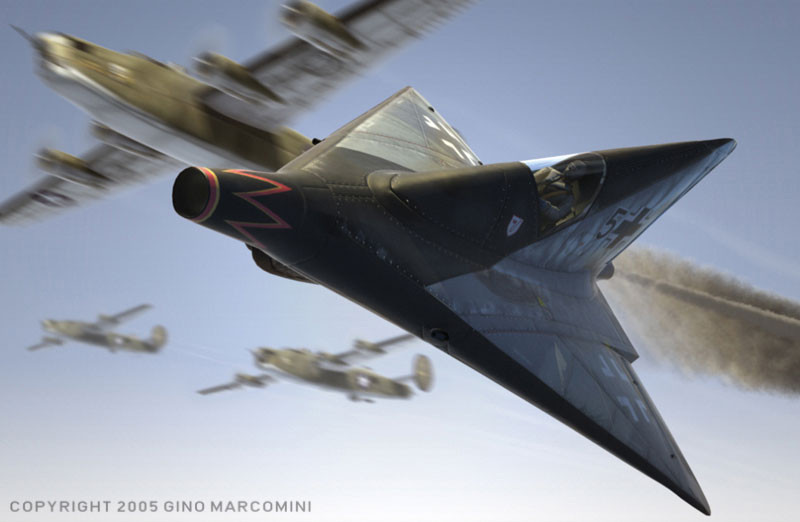


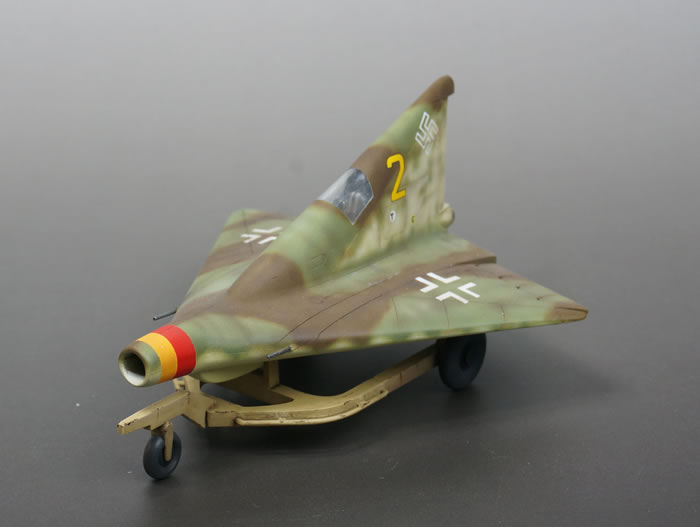
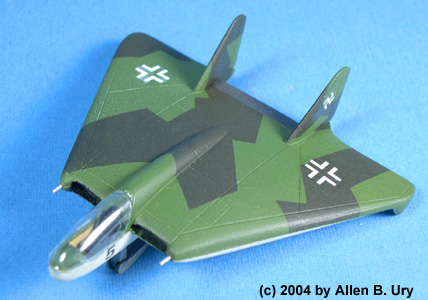










.jpg.5775526.jpg)












